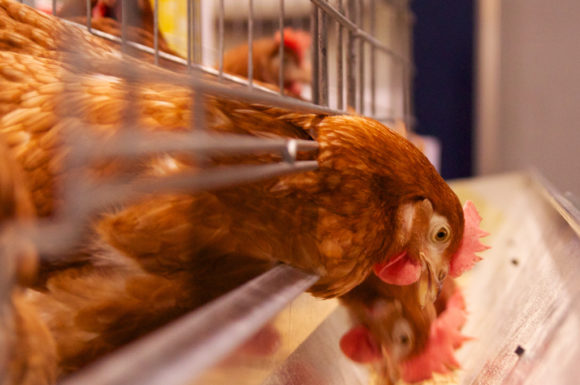Almost everyone agrees: The Red Delicious is a crime against the apple. The fruit makes for a joyless snack, despite the false promise of its name, with a bitter skin that gives way to crumbling, mealy flesh. The Red Delicious is a bit like a Styrofoam prop: It looks picturesque, but really has no business in the mouth. Maybe that’s why the New York Apple Association suggests people use their Red Delicious in holiday wreaths and centerpieces. They sure look nice, but they taste like inanimate objects.
As fruits go, the Red Delicious has an unparalleled power to inspire visceral disgust. (There are whole Reddit threads devoted to bashing it.) And yet the variety is ubiquitous. Though it’s no longer the most popular apple in America—since its heyday in the 1980s, it’s been overtaken by newer, tastier varieties—the Delicious remains the most heavily produced apple in the United States. Which means that, even though we’ve long since caught on, you can still find the red scourge everywhere.
This raises some important questions. Why do we keep growing 2.7 billion pounds of Red Delicious apples every year? And are growers still excited by the Delicious or are they stuck between a declining market and an orchard they can’t afford to tear up?
To understand the modern Red Delicious, it helps to know its roots. In the 1870s, a farmer named Jesse Hiatt discovered a rogue apple tree growing between the rows of his orchard in Peru, Iowa. After trying to chop it down several times, he finally let the tenacious upstart grow; to his surprise, it matured into something that bore delicious, crisp, red- and gold-streaked fruit. Hiatt sent his apple to a contest that the Stark Brothers’s nursery held in 1894, searching for the next great apple. When C.M. Stark, the company’s president, bit into Hiatt’s submission, he reacted like a 19th-century Action Bronson: “My, that’s delicious,” he reportedly exclaimed. And that became the name.
Stark snatched up rights to the apple immediately, according to the book, Apples Galore! by A.C. Bright, and marketed it with a savvy that ultimately changed the business. Around the turn of the 19th century, the company spent three-quarters of a million dollars promoting the Delicious tree, including sending it as a free gift to customers throughout the United States. Stark’s hope that the apple would prove successful in multiple climates panned out, and before long the nursery was flooded with letters requesting to plant the tree. By 1922, the annual value of the Delicious crop was $12 million.
The next year, a New Jersey grower discovered that one branch of his Delicious tree had not only ripened before the others, but had also turned a deep crimson red. That “sport,” or mutated branch, was purchased for $6,000. Soon, the whole industry of Delicious growers was on the lookout for their own mutation that would produce a prettier, more apple-like apple.
As the Red Delicious continued to evolve, subsequent breeding privileged physical appearance and durability over taste. The famous dimpled, coke-bottle bottom made the apple easy to stack and transport, while the tough skin reduced bruising and helped improve shelf life. By the 1980s, the Red Delicious made up 75 percent of the entire apple crop grown in Washington, the state that produces two-thirds of the country’s apples. But delicious it was not…
Keep reading:
https://www.theshelbyreport.com/2018/03/09/produce-manager-award-honorees-2018/
https://www.theshelbyreport.com/2018/03/09/produce-for-kids-honors-industry-fundraisers/
https://www.theshelbyreport.com/2018/02/19/pure-flavor-ga-greenhouse-on-track/

